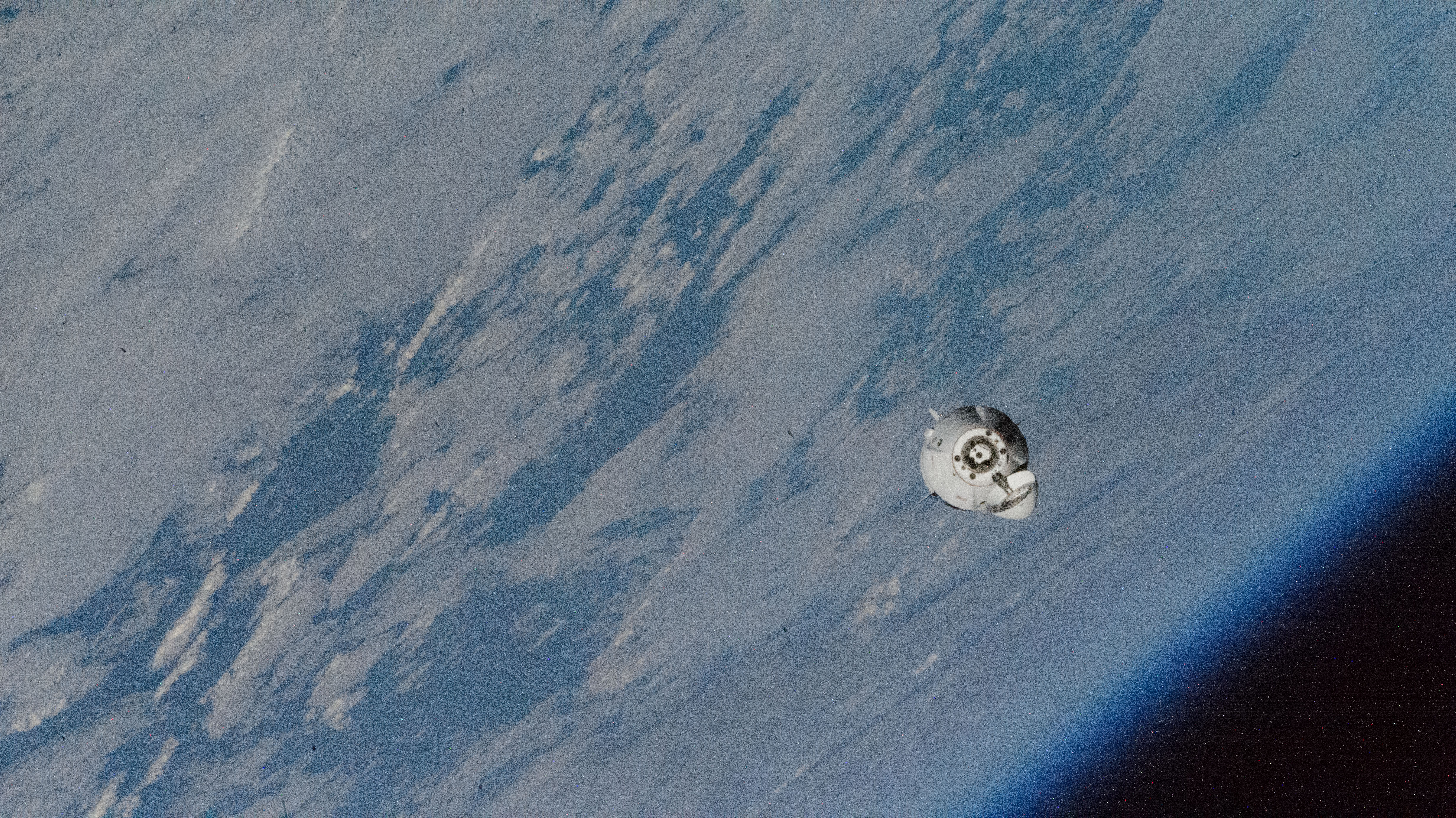
Expedition 72 Commander Suni Williams and Flight Engineer Butch Wilmore, both NASA astronauts, tried on their SpaceX Dragon pressure suits for the first time on Tuesday with assistance from new crewmate Nick Hague of NASA. The NASA trio checked out their pressurized suits, tested the suits’ audio configurations, and conducted seat fit checks inside the Dragon Freedom spacecraft while wearing the suits.
The three astronauts later joined Roscosmos Flight Engineer Aleksandr Gorbunov and practiced emergency drills inside the Dragon docked to the Harmony module’s forward port. Williams and Wilmore, who rode the Boeing Starliner spacecraft to the International Space Station in June, will return to Earth with Hague and Gorbunov aboard the Dragon spacecraft in February.
In the meantime, four other Expedition 72 crewmates are nearing the end of their space research mission that began on March 5. NASA astronaut Matthew Dominick will command the SpaceX Dragon Endeavour spacecraft leading Pilot Mike Barratt and Mission Specialists Jeanette Epps and Alexander Grebenkin back to Earth on a date soon to be set by NASA and SpaceX mission managers. The homebound SpaceX Crew-8 quartet has been packing personal items and other station cargo inside Endeavour for the ride home. Grebenkin also tested the Roscosmos-designed lower body negative pressure suit that may help ease the adjustment to Earth’s gravity and offset space-caused symptoms.
NASA Flight Engineer Don Pettit and Roscosmos Flight Engineers Alexey Ovchinin and Ivan Vagner, who have been aboard the orbital outpost since Sept. 11, spent Tuesday working on a variety of physics and biology investigations. Pettit worked inside the Microgravity Science Glovebox testing advanced life support hardware that may be used on future space missions operating in different gravity environments. Ovchinin strapped on a sensor-packed cap that measured his responses while practicing futuristic planetary and robotic piloting techniques on a computer. Vagner assisted Grebenkin as he tried on the specialized suit that may counteract the effects of living in weightlessness.
At the end of the crew shift on Tuesday, all 11 space station crew residents gathered together and reviewed their roles and responsibilities in the unlikely event of an emergency. The orbital crew coordinated with mission controllers from around the world familiarizing themselves with using personal protective equipment and fire extinguishers. The astronauts and cosmonauts also reviewed the necessary actions and evacuation procedures in case of a fire, a chemical leak, or a pressure leak.
Learn more about station activities by following the space station blog, @space_station and @ISS_Research on X, as well as the ISS Facebook and ISS Instagram accounts.
Get weekly video highlights at: https://roundupreads.jsc.nasa.gov/videoupdate/
Get the latest from NASA delivered every week. Subscribe here: www.nasa.gov/subscribe
